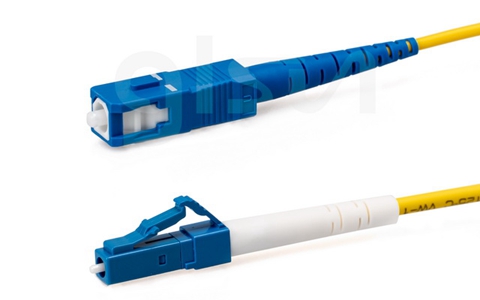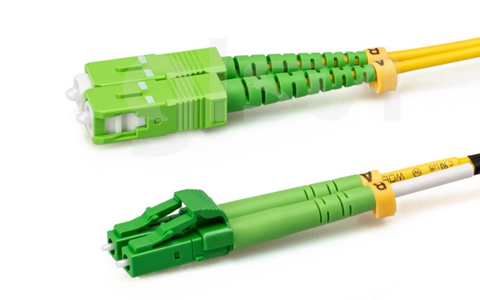Fiber Optic Tech
How to Choose Fiber Optic Cables
Fiber optic cables is one of the key elements in various cable infrastructures. They are available in so many types, which makes the selection difficult. This article aims to simplify the selection and help you choose the right jumper for your network according to actual use. Just follow these 6 steps.
1. What Connectors do you Need for Fiber Patch Cables? (LC / SC / ST / FC)
On both ends of the cable there is a connector. There are many types of connectors for fiber patch cable to plug into different devices. The most common connectors for our customers are LC, SC, ST and FC. If the ports on both devices are the same, we can choose cables with the same connectors on both ends, such as LC to LC, SC to SC, FC to FC. Otherwise, for connecting devices of different port types, choose cables such as LC to SC, LC to ST, LC to FC, etc.

2. Polish Type of Connectors (UPC / APC)
Since APC connectors have lower losses than UPC connectors, they generally have better optical performance than UPC connectors. In current market, APC connectors are widely used in applications that are more sensitive to return loss, such as FTTx, Passive Optical Networks (PON) and Wavelength Division Multiplexing (WDM). However, the cost of APC connectors is higher than that of UPC connectors, so it really depends on the actual conditions whether you need APC or UPC. For applications where high precision optical signals are required, APC should be the first consideration; but for those less sensitive applications UPC will do just as well. Generally, APC connector color is green, and UPC connector color is blue.
3. Single Mode or Multi Mode
Single mode cables adopt 9 / 125um core, mostly used in long distance transmission, with yellow outer jacket.
Multi mode cables adopt 50 / 125um or 62.5 / 125um core, mostly used in short distance transmission, with orange or aqua outer jacket.
Numbers 9, 50 and 62.5 refer to the diameter of the fiber cable's core, while number 125 refers to the diameter of the outside of the fiber cable's cladding.
4. Simplex or Duplex
A simplex fiber cable consists of a single strand of glass of plastic fiber, with the transmitter on one end, and the receiver on the other end. It offers irreversible one-way data transfer, and is often used with bi-directional (BiDi) transceiver modules.
A duplex fiber cable consists of two strands of glass of plastic fiber, with a transmitter and a receiver on both ends. It enables bi-directional data transfer between devices where a separate transmit and receive are required, and is often used with regular transceiver modules.

5. Cable Length
Cable length can be customized, depending on the distance between devices that need to be linked.
6. Cable Outer Jacket (PVC / LSZH / OFNP)
There are commonly 3 types of outer jackets for fiber patch cables: PVC, LSZH and OFNP. In terms of price, PVC<LSZH
Need help deciding which fiber patch cables are right for your network? GLsun offers free expert advice and technical support in your cabling infrastructure.



















